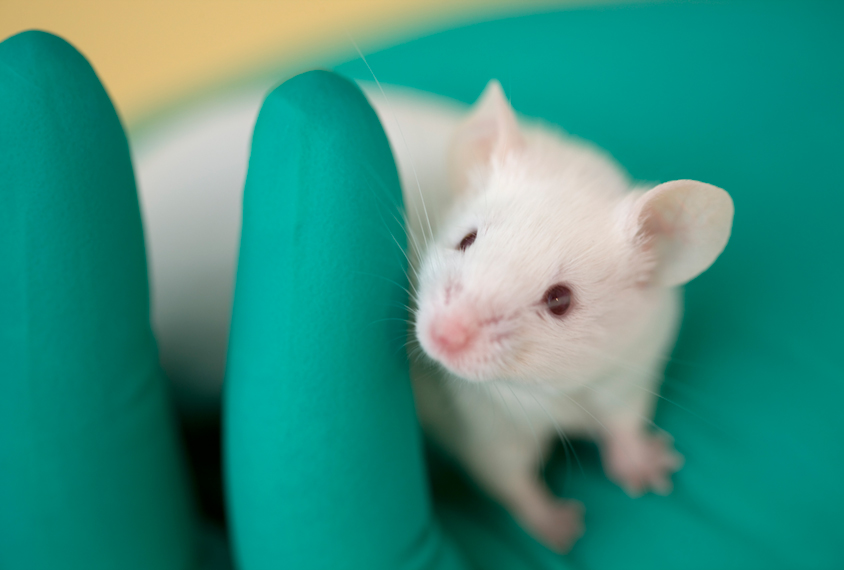Our staff took a look back at the papers we wrote about in 2020 that most shaped our understanding of autism and how to diagnose or treat it. Despite the chaos of this year, there were many to consider. But we reviewed them all, asked some researchers for input and winnowed the list down to 10.
Some of our selections highlight new insights into factors that influence autism traits, including fever, mitochondria and exons — the protein-coding parts of genes. Others expand our understanding of the genes and genetic regions linked to autism, as well as their roles in related conditions. Two new gene therapies for autism-related syndromes also caught our eye. And we single out a study of the sperm from men who have children on the spectrum, and a look at what happens to the toddlers who screen positive for autism.
Here are our picks for the past year’s most notable papers, in reverse chronological order.
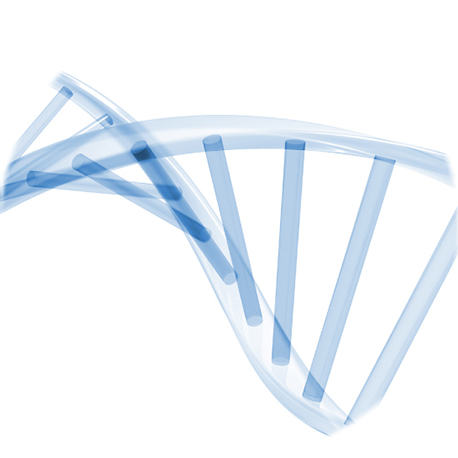 1. Mutations in the same exon linked to similar autism traits
1. Mutations in the same exon linked to similar autism traits
People with autism who carry DNA variants in the same exon, or protein-coding region of a gene, have more similar cognitive abilities and behaviors than those who carry mutations in different regions of the same gene, this study found. A separate study detailed how one particular exon contributes to social behavior and cognitive abilities in mice; a third paper described a new tool that helps researchers determine how mutations in an exon affect the number of protein isoforms a gene can express.
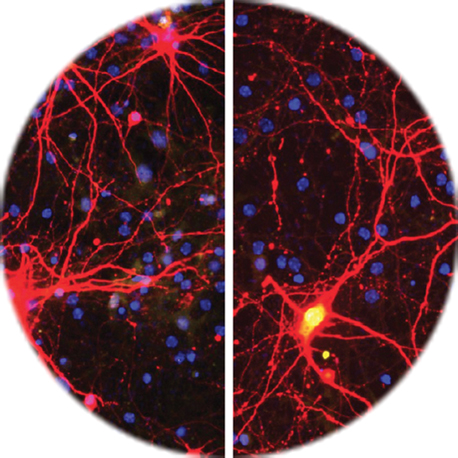 2. Prenatal CRISPR therapy blocks Angelman syndrome traits in mice
2. Prenatal CRISPR therapy blocks Angelman syndrome traits in mice
Editing DNA in embryonic and newborn mice by using CRISPR technology can override mutations underlying Angelman syndrome and prevent many of the condition’s traits, according to this study.
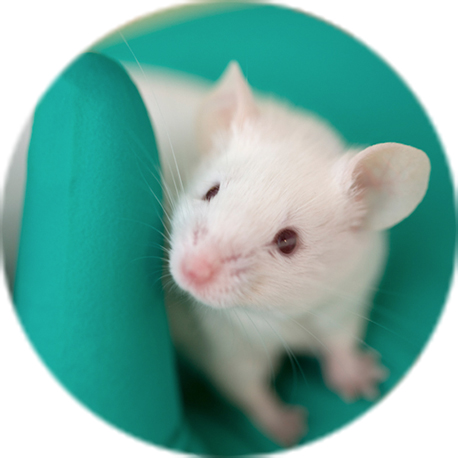 3. Silencing ‘poison exon’ eliminates deadly seizures in mice
3. Silencing ‘poison exon’ eliminates deadly seizures in mice
The gene therapy described in this paper curbs deadly seizures in a mouse model of Dravet syndrome, a severe form of epilepsy. A clinical trial evaluating the treatment’s safety in children with the syndrome is underway.
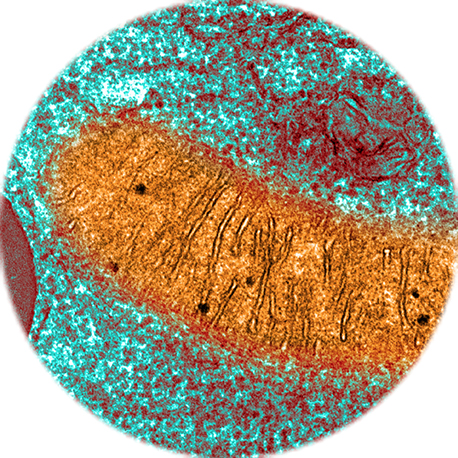
4. Fragile X syndrome traits may stem from leaky mitochondria
This mouse study suggests that many of the problems associated with fragile X syndrome stem from a leak in mitochondria, organelles that act as cellular power stations. Plugging this leak eases some autism-like traits in mice that model the syndrome
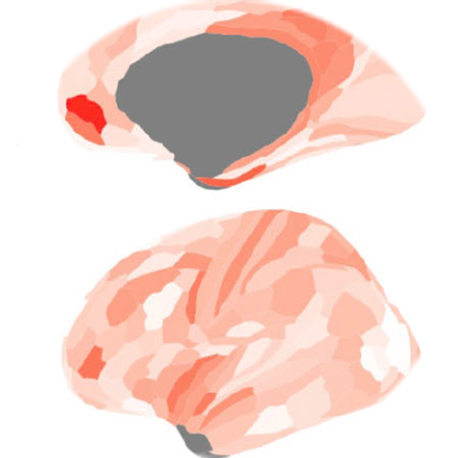
5. Brain signal imbalance tracks with sex and with camouflaging autism traits
Autistic men show a greater imbalance between excitatory and inhibitory signaling in the medial prefrontal cortex than autistic women do, according to this study. The sex difference in this brain area, which is involved in social behavior and cognition, could help explain why autistic women seem to camouflage their autism more often than autistic men do.

6. Probe of DNA ‘repeats’ reveals new potential autism genes
Extra repeating bits of DNA may account for nearly 3 percent of the genetic architecture of autism, according to this study — the first to examine such repeats in autism on a large scale.

7. Positive autism screening results rarely prompt follow-up
Most toddlers who screen positive for autism do not receive the recommended referrals for follow-up tests and therapies, according to this study of nearly 4,500 children.
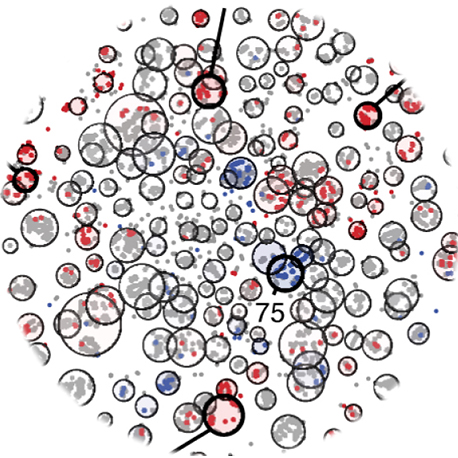 8. Analysis of sequences pegs 102 top autism genes
8. Analysis of sequences pegs 102 top autism genes
The number of top autism genes rose from 65 to 102, based on this analysis of more than 35,000 sequences.
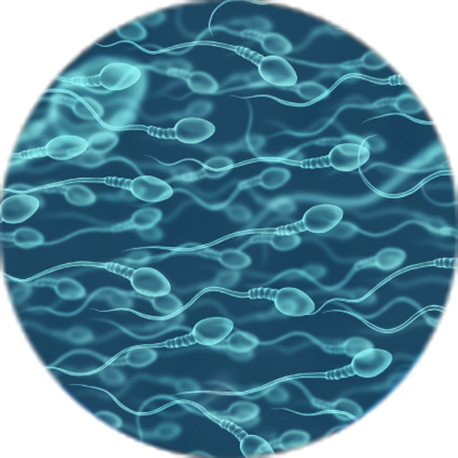
9. Genetic tests of sperm may forecast odds of autism in children
Some men who have an autistic child carry mutations linked to the condition only in their sperm, suggesting that genetic tests of sperm, rather than blood, may help estimate these men’s chances of passing the mutations to future children.
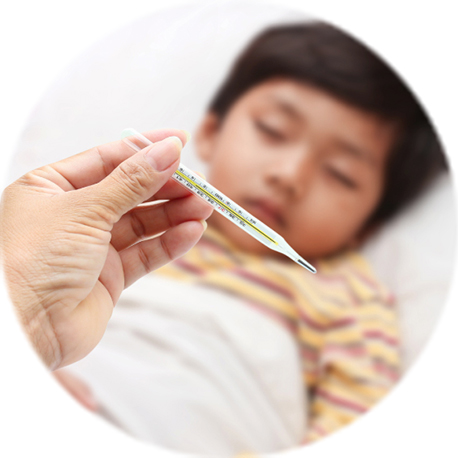 10. Fever’s immune effect on brain may ease autism traits
10. Fever’s immune effect on brain may ease autism traits
An immune molecule produced during a fever improved sociability in three mouse models of autism. These findings may explain why fevers have sometimes been reported to temporarily alleviate challenging traits in autistic children.
